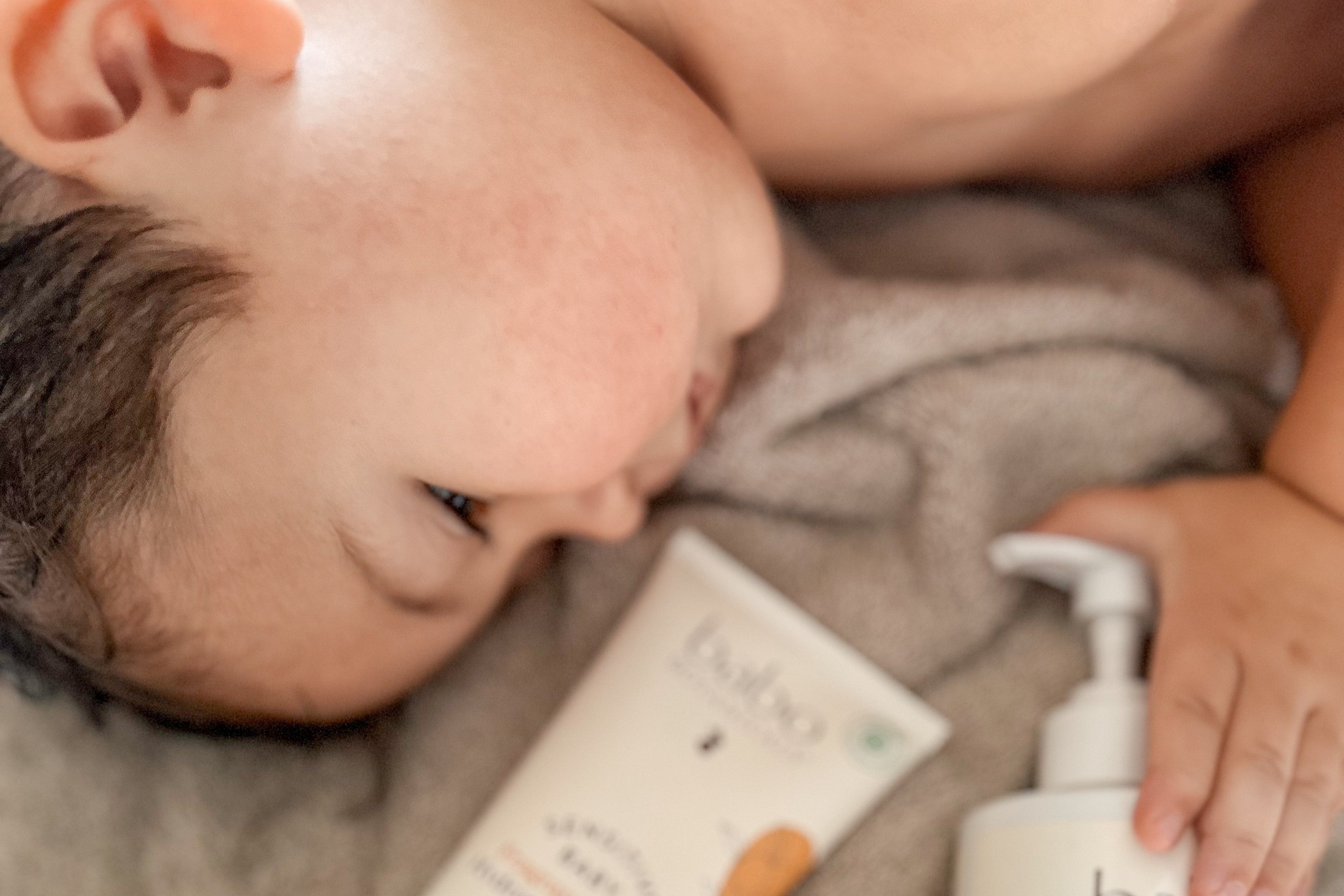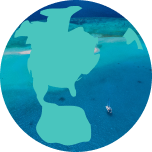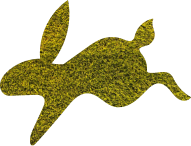
Baby Hair Guide: How To Care For Your Little One's Locks
Any hair is normal when it comes to newborns — there’s no “one-size-fits-all.” Whether your little one came out of the womb with long locks or peach fuzz, you need to give their baby hair some great care.
If you’re wondering what to do with your little one’s hair, you’re in the right place. Here, we’ll talk about the basics of baby hair and how best to care for it. Plus, we’ll show you some products you can use to give your baby’s hair and scalp the gentle treatment it deserves!
Baby Hair Basics

Some babies are born with a full head of hair, while others barely show peach fuzz. These two extremes — and anything in-between — are normal!
Your baby’s hair starts to grow well before they’re born, so this means their hair follicles develop inside the womb. After your baby is born, they might even be covered in something called lanugo.
Lanugo is a layer of soft, feathery hair that can show up not only on your baby’s head but also all over their body. Some unborn babies shed this layer around the seventh or eighth month of pregnancy, but some are born with it.
If they are born with this layer, it should fall off shortly after birth. But that’s OK because lanugo isn’t your baby’s real hair. As it sheds, it makes way for their real hair to grow.
But don’t worry if your baby doesn’t have much hair to begin with. It could take up to two to three years before your little one’s locks fully grow!
And don’t get too attached to your baby’s hair texture or color. If it’s curly, it could turn straight. If it’s red, it can turn blonde. If it’s fine, it can turn into thick hair. You get the picture.
Basically, the type of hair your child has as a baby doesn’t necessarily guarantee what it will be like for the rest of their life.
Bald And Beautiful
You can breathe a sigh of relief: It’s completely normal for babies to be bald! If your baby is bald and beautiful, give their head lots of TLC to help hair grow.
However, if you haven’t noticed any new hair growth after the first six months, talk to your baby’s pediatrician. No new hair growth after several months could possibly mean:
- Autoimmune disorders
- Lack of proper nutrition
- Fungal issues
Baby Hair Loss

Have you noticed little hairs on your baby’s crib sheets, blanket, or washcloth?
If so, you can thank baby hair loss for that. The good news is there's nothing to be alarmed about. It’s pretty common among newborns as their hair will fall out to start the process of regrowth.
Remember: Your baby’s hair follicles develop well before they enter the world. These follicles are present during their time in the womb and continue to grow well after birth.
So, when your baby is born, the follicles could be in the growth stage. However, over time, these follicles will reach the resting stage and stop growing for a few weeks or months.
Hormones also play a big role in the development of your baby’s hair. Inside the womb, your little one is exposed to hormones that make their hair grow quite a bit.
But when they make their grand entrance into the world, they’re no longer exposed to those hormones like they once were. This results in hair loss or shedding.
You may even notice your luscious pregnancy locks are changing as well. You now have hairs that are falling out and have your own “baby hairs.”
To calm these flyaways, try our Smoothing Berry & Primrose Shampoo & Wash and Smoothing Berry & Primrose Conditioner. Working together, they will detangle and smooth unruly locks, moisturize and soften your strands, and provide vitamin B5 to strengthen your hair!
Cradle Cap
Cradle cap causes white or yellow crusty or scaly patches on your baby’s scalp. This common newborn condition usually clears up on its own with the right at-home treatment and doesn’t cause any harm or pain to your little one.
To tackle the pesky flakes, try our Sensitive Newborn Foam Baby Wash - Fragrance Free. It gently cleanses and protects your baby’s delicate skin.
Taking Care Of Baby Hair
Provide Tummy Time During The Day
Your baby needs lots of tummy time during the day because they’re spending so much time on their back at night. While they’re sleeping, their head is resting in the same position for several hours.
When you get your baby up from their crib, you might even notice little hairs on their bed. This is completely normal, as we mentioned above, but all the more reason to keep them on their tummy (supervised) during the day.
Plus, it’s good practice for head control and strengthens their neck and back muscles. This preps your baby for not only holding their head up on their own but also for rolling over, sitting up, and so many other milestones!
Be Mindful Of Hair Accessories
As tempting as it may be to put cute hair bows and headbands on your sweet little girl, be careful not to overdo it. Their scalp and hair are so tender that anything that pulls your baby’s hair can cause it to break.
We’re not saying to never use hair bows or headbands. Just be mindful of the material and use ones that are soft.
Don’t Wash Your Baby’s Hair Every Day
Washing your baby’s hair every day could pull it out as well. Your little one’s hair doesn’t build up oil as fast as yours does, so there’s no reason to wash it daily.
When you do wash, It’s important to be gentle on their hair, including what you’re washing it with and how you’re washing it. That brings us to our next point.
Use A Gentle Shampoo
Speaking of being gentle, your little one needs a gentle baby shampoo and wash that will work with and for their skin, not against it. Since your baby’s hair is different from yours, you can actually use their baby wash for their skin and hair, too.
For example, our plant-based Moisturizing Oat & Calendula Shampoo & Wash cleanses, soothes, and nourishes your baby’s hair and skin. Made with calendula oil, it helps calm your little one’s scalp if they have cradle cap or dry patches as well.
We also recommend our gentle Moisturizing Oat & Calendula Conditioner for sensitive hair and scalp. Even better, you can use it, too—it’s not just for your little one!
Avoid Using A Comb
If you’re noticing a trend here, a lot of ways you take care of your baby’s hair have to do with avoiding things that could pull and break it. This includes the type of brush you use.
For example, a comb could pull and cause tangles in your little one’s hair. Instead, use a soft-bristled brush after bath time and in-between washes.
Gently Caring For Your Little One’s Locks

Your baby’s hair is very delicate, so it should be treated with care. From curly to thick to bald, it’s all normal! There’s no one-size-fits-all when it comes to the texture and color of baby hair.
All little ones go through some sort of hair loss after birth as well. And you may also deal with cradle cap along the way, which can be treated at home with the right products.
Whether your baby is bald or has a head full of hair, it’s important to gently care for your little one’s locks. Start by giving your baby plenty of tummy time during the day because they’re spending a lot of time on their back at night.
Next, be mindful of what you’re using on their hair, like headbands and hair bows, and use a soft-bristled brush instead of a comb. There’s also no need to wash your little one’s hair every day, but when you do wash it, use a gentle shampoo.
Our sulfate-free hair care for the entire family will give your baby’s scalp the attention and care it deserves.
Babo Botanicals Moisturizing Oat & Calendula Shampoo & Wash, Smoothing Berry & Primrose Shampoo & Wash, and Sensitive Baby Shampoo & Wash - Fragrance Free are all great options for baby hair.
Choose your favorite one, and start caring for your little one’s locks today!






